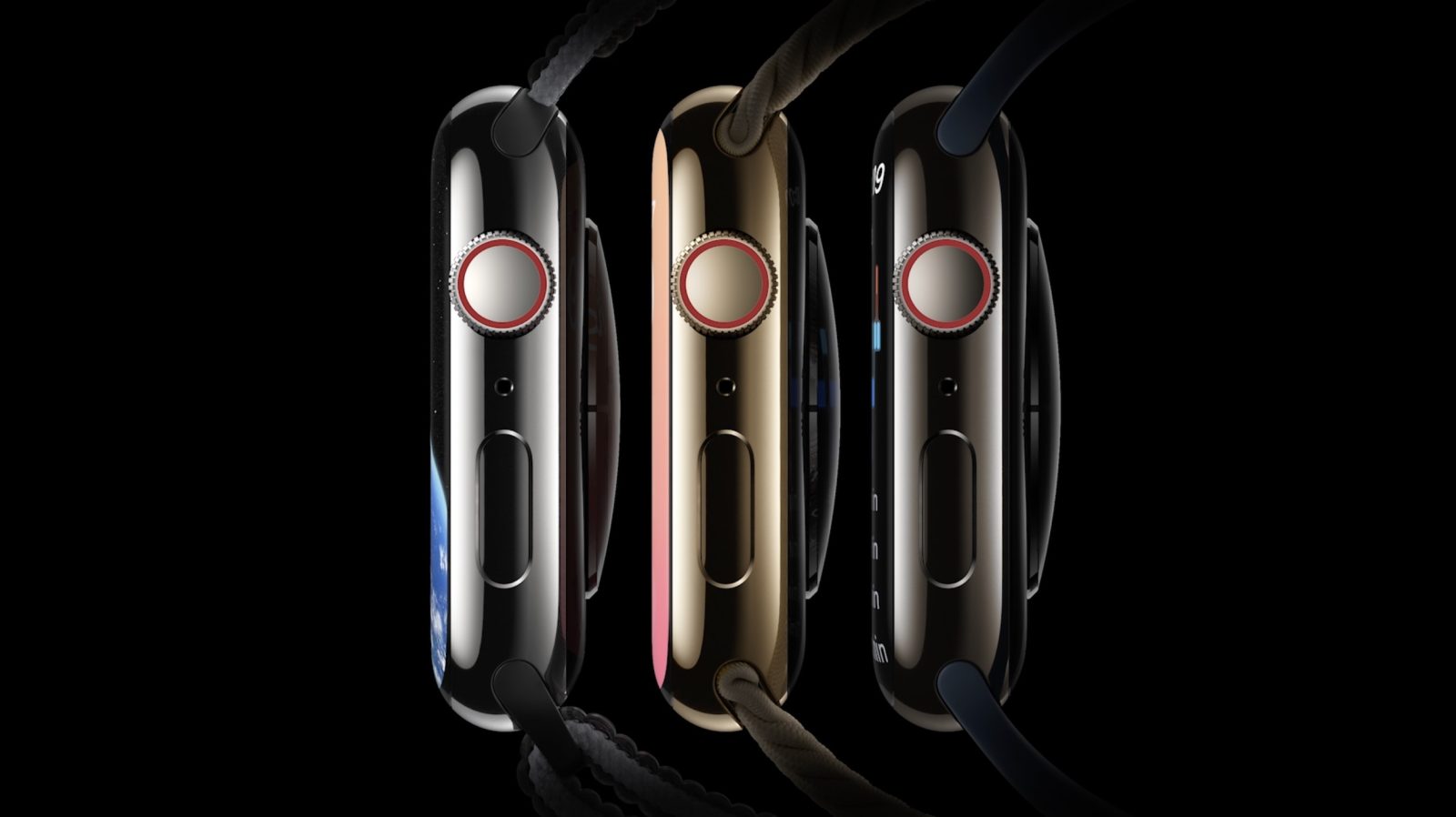
Apple’s efforts to bring glucose monitoring features to the Apple Watch have been reported on a few times over the years, but the company has reportedly had several major breakthroughs recently. According to a new report from Bloomberg, Apple has hit “major milestones recently” and “now believes it could eventually bring glucose monitoring to the market.”
Inside Apple, this is viewed as a “moonshot-style project,” and the work “dates back to the Steve Jobs era.” The goal of the project is to invent a way for “noninvasive and continuous blood glucose monitoring.” The eventual hope is to bring this functionality to the Apple Watch.
According to today’s report, Apple previously hid its work on this project behind a “secretive health-care startup.” Bloomberg says that Apple now has hundreds of engineers working on this project as part of its “Exploratory Design Group.”
Hundreds of engineers are working on the project as part of Apple’s Exploratory Design Group, or XDG, a previously unreported effort akin to Google X. It’s one of the most covert initiatives at the famously secretive Apple. Even fewer people are involved in it than the company’s self-driving car undertaking, overseen by the Special Projects Group, or the mixed-reality headset, which is being developed by its Technology Development Group.
Apple is reportedly taking a different approach to noninvasive blood glucose monitoring than other companies in the past (all of which have failed):
Apple is taking a different approach, using a chip technology known as silicon photonics and a measurement process called optical absorption spectroscopy. The system uses lasers to emit specific wavelengths of light into an area below the skin where there is interstitial fluid — substances that leak out of capillaries — that can be absorbed by glucose. The light is then reflected back to the sensor in a way that indicates the concentration of glucose. An algorithm then determines a person’s blood glucose level.
The glucose system will rely on a slate of Apple-designed silicon photonics chips and sensors. The company tapped Taiwan Semiconductor Manufacturing Co. to build the main chip to power the feature.
Currently, Apple’s engineers are focusing their efforts on developing a “prototype device about the size of an iPhone that can be strapped to a person’s bicep.” The functionality has been tested on “hundreds of people” over the past decade, and Apple has compared the results to samples taken from standard prick-based tests.
The company has tested the glucose technology on hundreds of people over the past decade. In human trials, it has used the system with people who don’t know if they’re diabetic, as well as people with prediabetes and Type 2 diabetes. It has compared its own technology to standard tests on blood drawn from veins and samples taken from a prick in the skin, known as capillary blood.
Furthermore, the company wants to “create a preventative measure that warns people if they’re prediabetic.” Apple has reportedly already “held early discussions about getting government approval for the system.”
Despite these recent milestones, however, Apple’s system is still in the “proof-of-concept stage.” The key, however, is that the company now “believes the technology is viable” and needs to “be shrunk down to a more practical design.” The leader of the group working on the technology, engineering executive Bill Athas, also “passed away unexpectedly at the end of 2022.”
According to Bloomberg, Apple executives believe the company is “uniquely positioned” to make a breakthrough in this area, given its skill at integrating hardware and software. It has already invested “hundreds of millions of dollars” in this project, and executives, including CEO Tim Cook, COO Jeff Williams, and Apple Watch Hardware Chief Eugene Kim, are all involved.
FTC: We use income earning auto affiliate links. More.

Comments